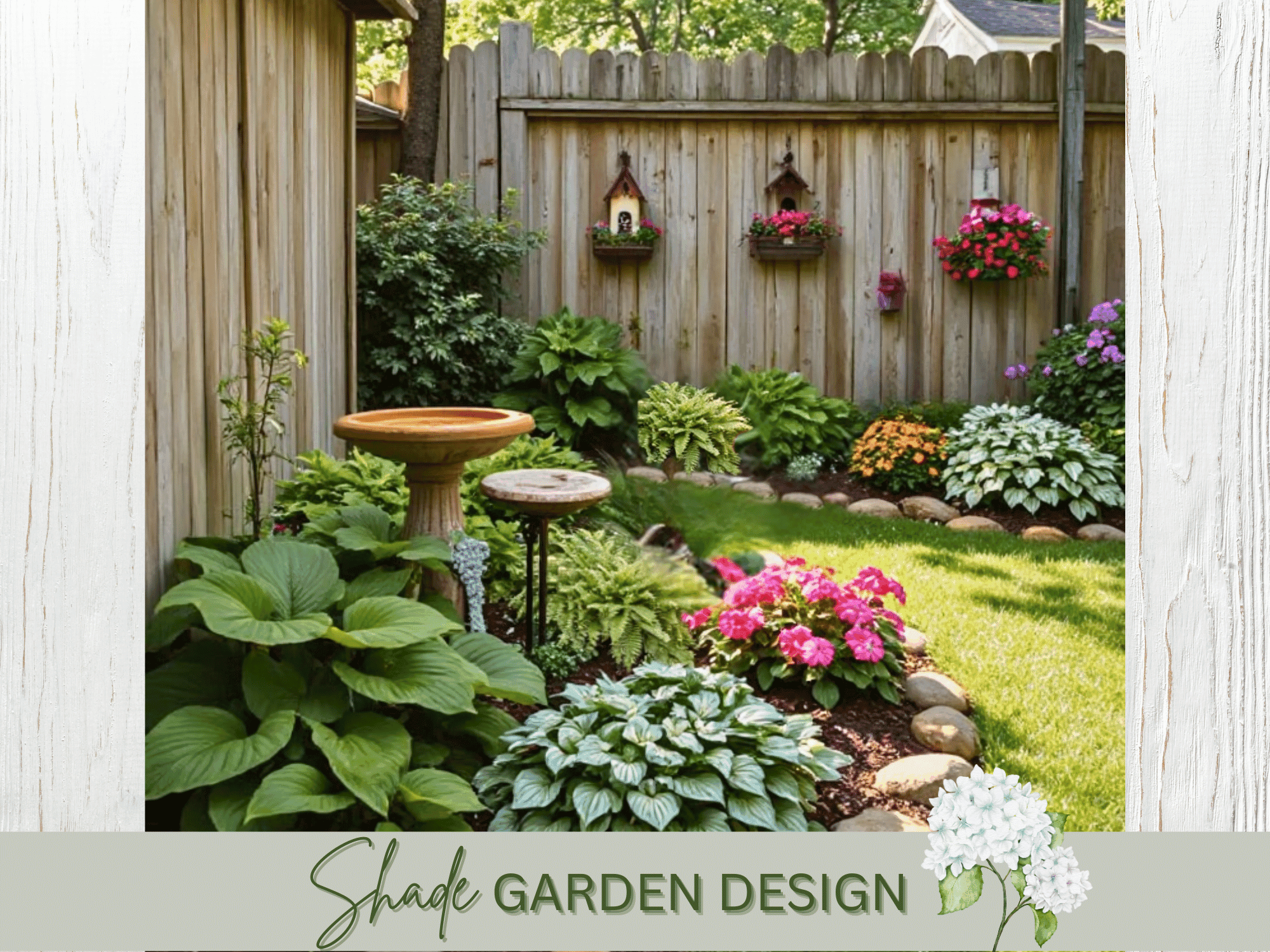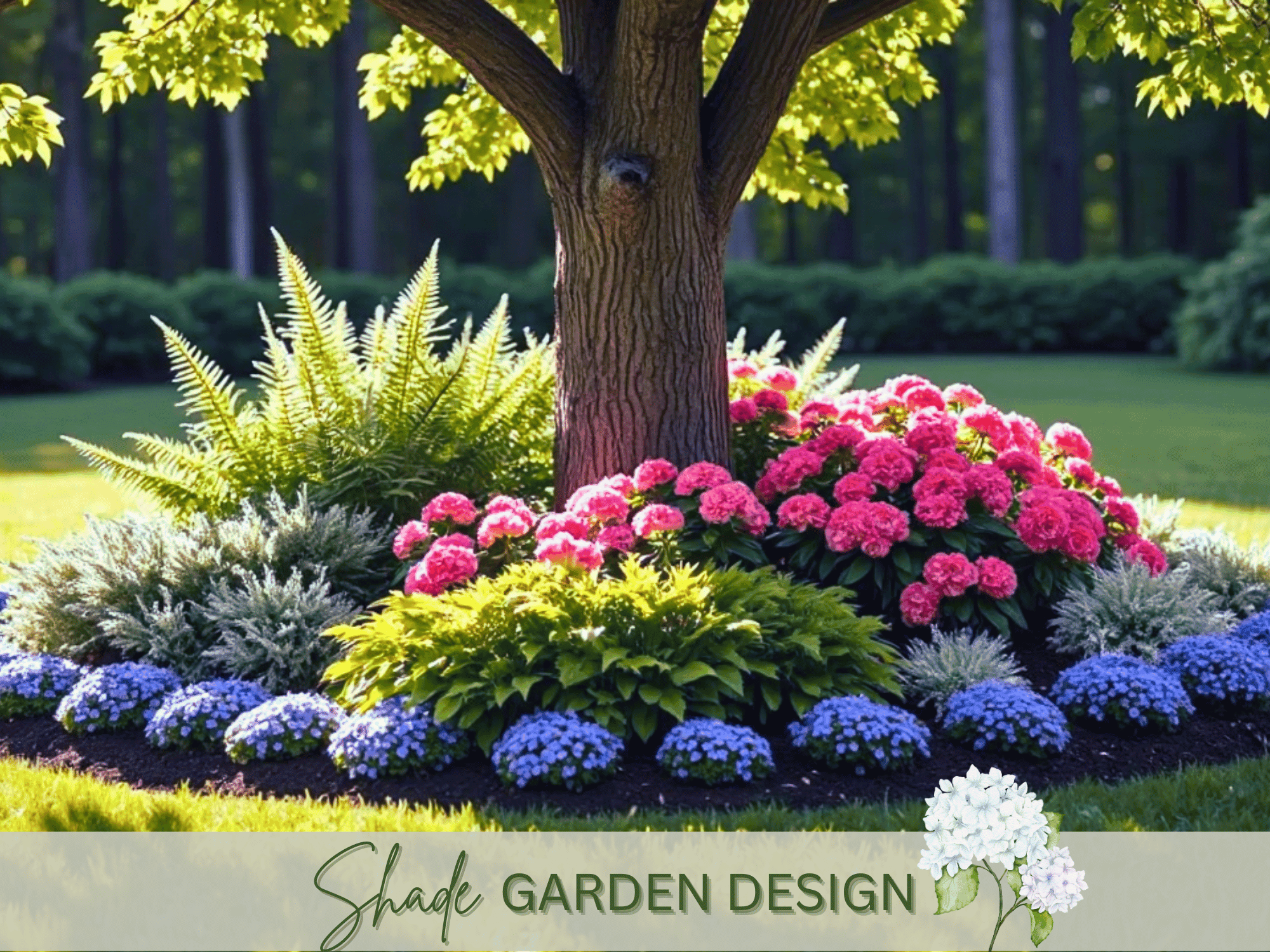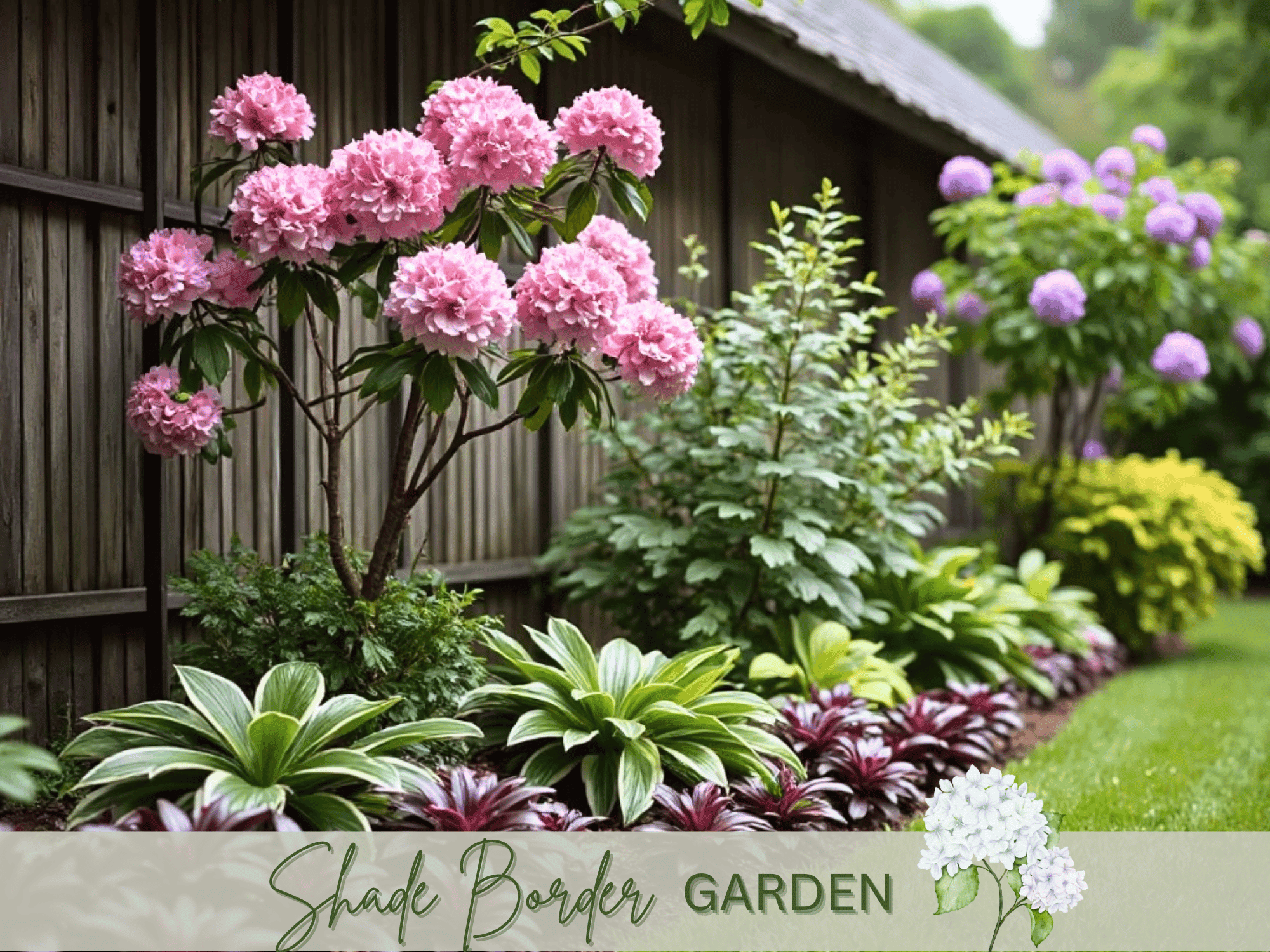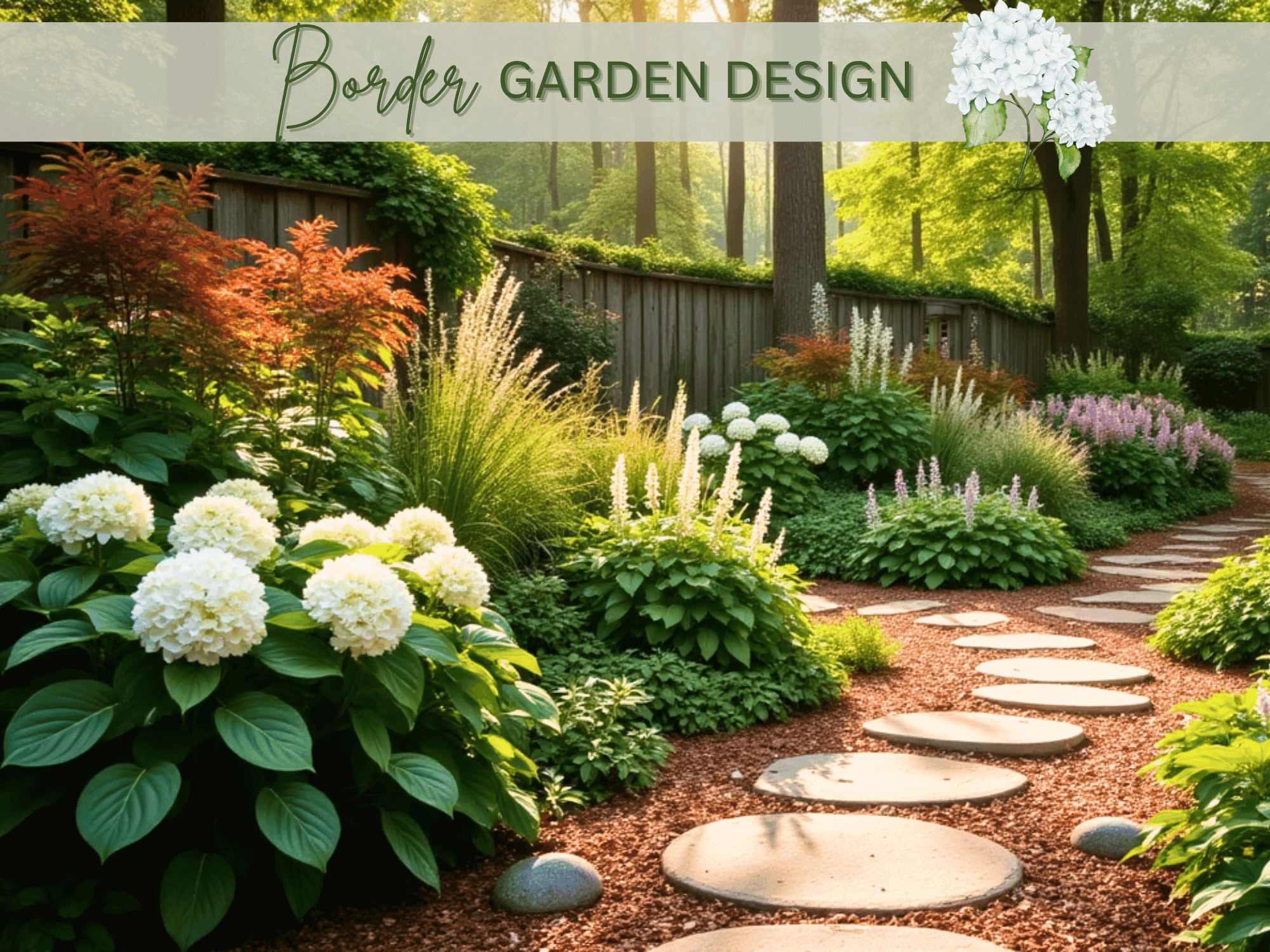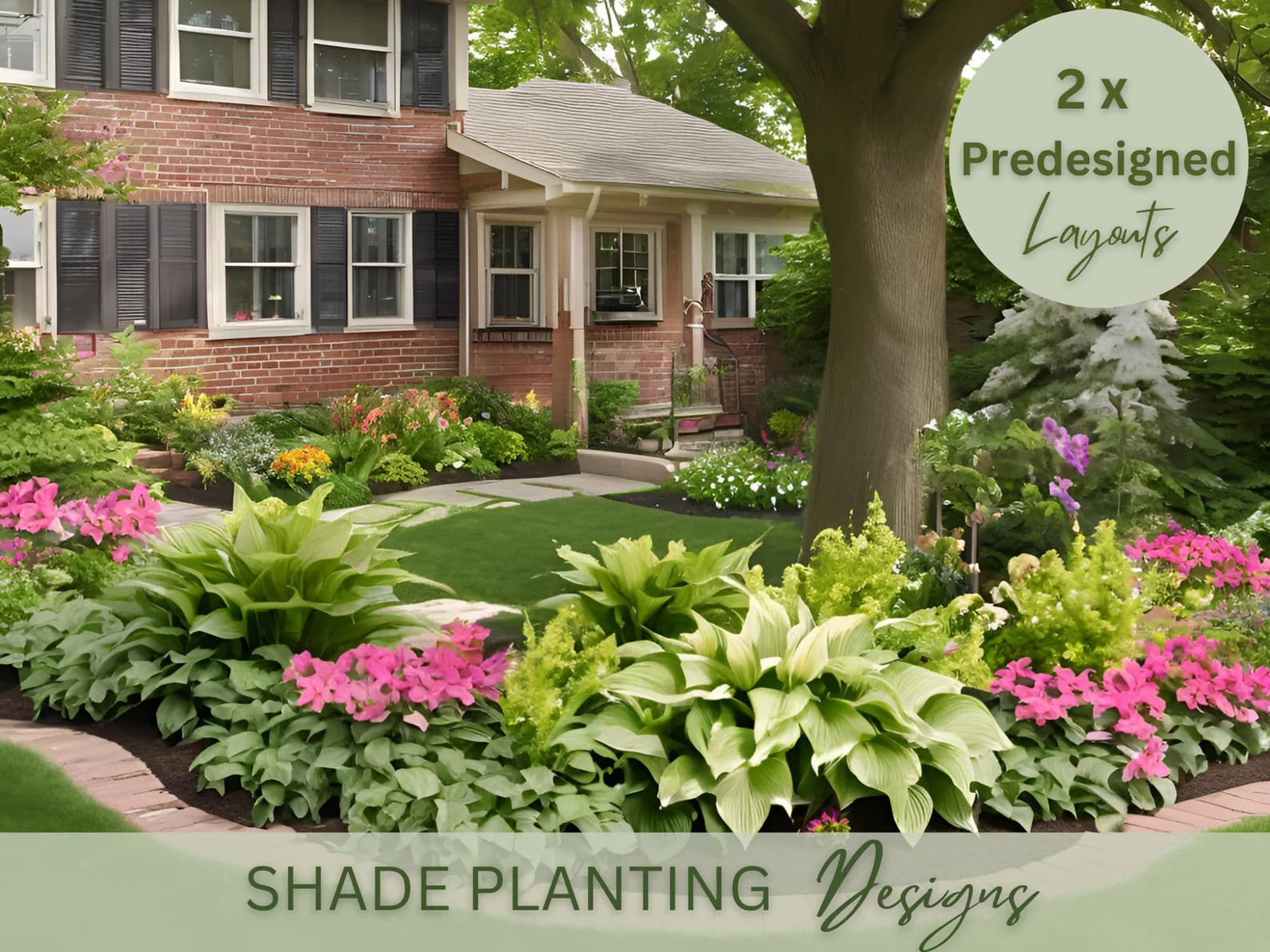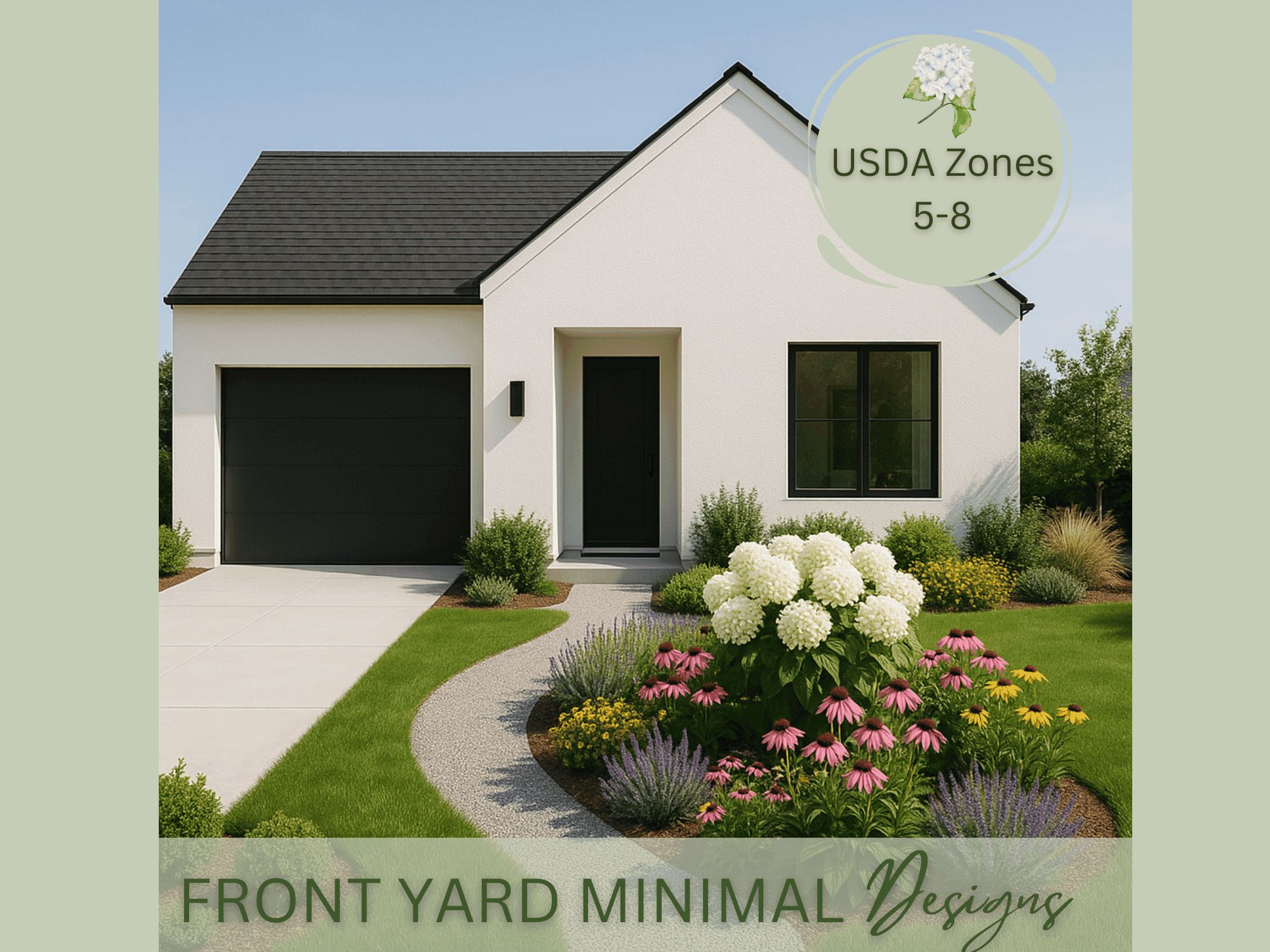Understanding the Growing Conditions
The space under a tree is unlike any other part of your garden. The canopy limits sunlight, creating varying degrees of shade throughout the day. The tree’s root system competes for water and nutrients. Some trees also produce dense shade and leaf litter that can further affect plant growth.
It is important to assess how much light the area receives. Morning sun with afternoon shade offers different planting opportunities compared to dense shade throughout the day. Observing the space at different times will help you choose plants that will thrive in those conditions.
Preparing the Planting Area
Before planting, consider the health of the tree. Avoid damaging its roots when preparing the soil. Lightly loosen the top layer of soil and add compost to improve moisture retention and nutrient content. Organic mulch, such as shredded bark or leaf mold, will help keep the soil cool and reduce competition from weeds.
It is also essential to think about water access. A soaker hose or drip irrigation system can deliver moisture directly to plant roots without overwatering the tree. This helps both the tree and the understory plants thrive without stressing either.
Choosing the Right Plants
Not all shade-loving plants are suited for life under a tree. The best candidates are those that tolerate low light, dry conditions, and root competition. Ferns, hostas, woodland phlox, hellebores, and epimedium are excellent perennial choices. For seasonal interest, bulbs such as snowdrops and Siberian squill can bring early spring color before the tree’s leaves emerge.
Groundcovers are also an excellent choice for under-tree planting. They create a carpet of foliage and flowers, reducing soil erosion and adding visual appeal. Options like ajuga, vinca minor, and sweet woodruff are all good performers in shaded spots.
Layering for Visual Interest
A layered approach creates depth and texture. Low-growing groundcovers can fill the base, while medium-height perennials add volume. Taller plants like foxgloves or astilbe can serve as focal points without overwhelming the tree’s canopy. Repeating plant varieties and colors throughout the bed gives a cohesive and intentional look.
Seasonal variation is also key. Aim for plants that provide interest in different seasons. Early bulbs can start the display, followed by spring and summer blooms, and then plants with colorful foliage or late flowers to extend interest into autumn.
Respecting the Tree
While enhancing the space under a tree, it is important to prioritize the tree’s health. Avoid piling soil or mulch directly against the trunk, as this can cause rot. Mulch should be applied in a thin layer, keeping a few inches of space around the base.
Planting too deeply or disturbing major roots can cause stress. Instead, use shallow-rooted plants that can establish themselves without competing aggressively with the tree. In some cases, container planting can be an excellent solution. Placing decorative pots under the canopy allows for vibrant plant displays while keeping the root zone intact.
Creating a Harmonious Design
A well-designed planting under a tree should feel like a natural extension of the landscape. Consider the tree’s shape, bark texture, and leaf color when choosing companion plants. For example, white flowers and silver foliage can brighten the shade under a dark-leaved tree, while deep greens and purples can add richness under a lighter canopy.
Curved edges around the planting bed can soften the transition between lawn and garden. Incorporating stepping stones or a small bench can make the area more accessible and inviting. These elements not only enhance the visual appeal but also create functional spaces within your garden.
Maintenance Tips for Longevity
Shade gardens under trees require consistent care. While many shade-loving plants are low-maintenance, the competition for water and nutrients means they benefit from regular watering, especially during dry spells. Refreshing the mulch annually will help maintain soil quality and suppress weeds.
Pruning the lower branches of the tree can allow more light to reach the plants, improving their growth and appearance. However, this should be done selectively and with care to preserve the tree’s natural form.
Deadheading spent blooms and dividing overcrowded perennials every few years will keep the planting vibrant and healthy. Regular observation is key—catching pest or disease issues early prevents them from spreading.
Bringing Life to the Shadiest Corners
With the right approach, the space under a tree can become a lush sanctuary for shade-loving plants, wildlife, and people alike. From soft carpets of groundcovers to colorful seasonal blooms, there are countless ways to design this unique area. It is a space where the cool tranquility of shade meets the beauty of a thriving garden.
By respecting the needs of the tree, choosing appropriate plants, and designing with texture and seasonality in mind, you can turn an overlooked patch into one of the most captivating features of your landscape.
Whether you prefer a natural woodland style or a more curated, ornamental look, shade planting under a tree offers endless creative opportunities. Once established, this garden space will not only enhance the beauty of your yard but also provide a peaceful retreat beneath the branches.x

